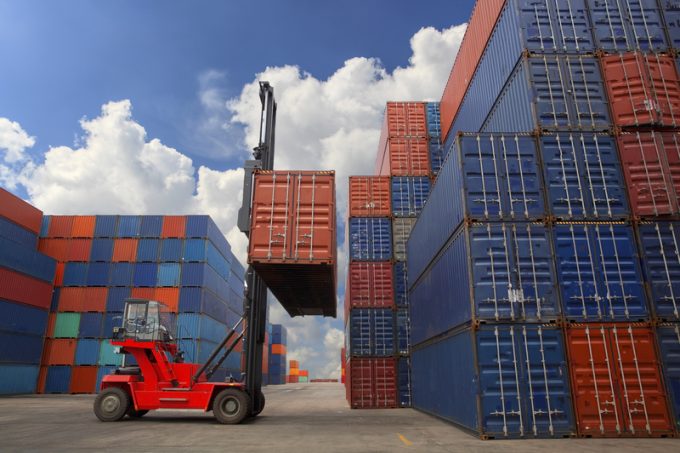Cosco to play a major role in China's container hub ambitions for Yangpu Port
China’s Yangpu Port, on Hainan Island, is set to become another container shipping hub for ...

Freight forwarders in Thailand are preparing for a busy peak season for ocean shipments.
According to Sam Loke, managing director of Pan Asia Logistics (Thailand), the market will soon start ramping-up.
“Late August onward you start to feel the crunch in terms of space constraints on certain lanes,” he told The Loadstar.
“In Thailand, capacity is always short during the peak period. With Christmas coming, certain lanes become full and this cycle never changes, unfortunately, because buyers don’t want to stock up earlier. It’s ...
Volcanic disruption at Anchorage could hit transpacific airfreight operations
Macron calls for ‘suspension’ – CMA CGM's $20bn US investment in doubt
De minimis exemption on shipments from China to the US will end in May
Forwarders stay cool as US 'liberation day' tariffs threaten 'global trade war'
Mixed response in US to 'Liberation Day', while China leads wave of retaliation
Tariffs and de minimis set air freight rates on a volatile course
Transpacific contract rates rise on Trump’s fickle policies
Trump tariffs see hundreds of cancelled container bookings a day from Asia

Comment on this article